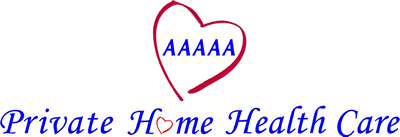Posted by Mary Demakes on April 27, 2021
On April 27, baseball fans worldwide honor one of baseball’s all-time greatest players on National Babe Ruth Day. Private Home Health Care loves the great American sport of baseball and celebrates the legendary Babe Ruth on this day!
George Herman “Babe” Ruth, Jr., born on February 6, 1895, in Baltimore, Maryland, was nicknamed “the Bambino” and “the Sultan of Swat.” Spending 22 seasons in Major League Baseball (MLB), he played for three teams from 1914 to 1935.
Babe Ruth’s baseball career started as a pitcher for the Boston Red Sox. He became a full-time right-fielder when the New York Yankees bought his contract in 1919. Being one of the league’s most prolific hitters, he helped the Yankees win seven pennants and four World Series titles.
Ruth set career records, in his time, for home runs, slugging percentage, runs batted in, and on-base plus slugging. In 1927, he was the very first player to hit 60 home runs in one season.
Following a short stint with the Boston Braves, Ruth retired in 1935. In 1936, he became one of the first five players to be elected into the National Baseball Hall of Fame.
In 1946, after experiencing severe eye pain and difficulty swallowing, Babe Ruth was diagnosed with cancer. On April 27, 1947, he attended the proclaimed Babe Ruth Day and spoke briefly to a crowd of almost 60,000 people at Yankee Stadium.
At the age of 53, on August 16, 1948, at 8:01 pm, Babe Ruth died in his sleep.
Today, make it a home run and celebrate Babe Ruth day by catching a game of baseball on TV or, better yet, in person!





